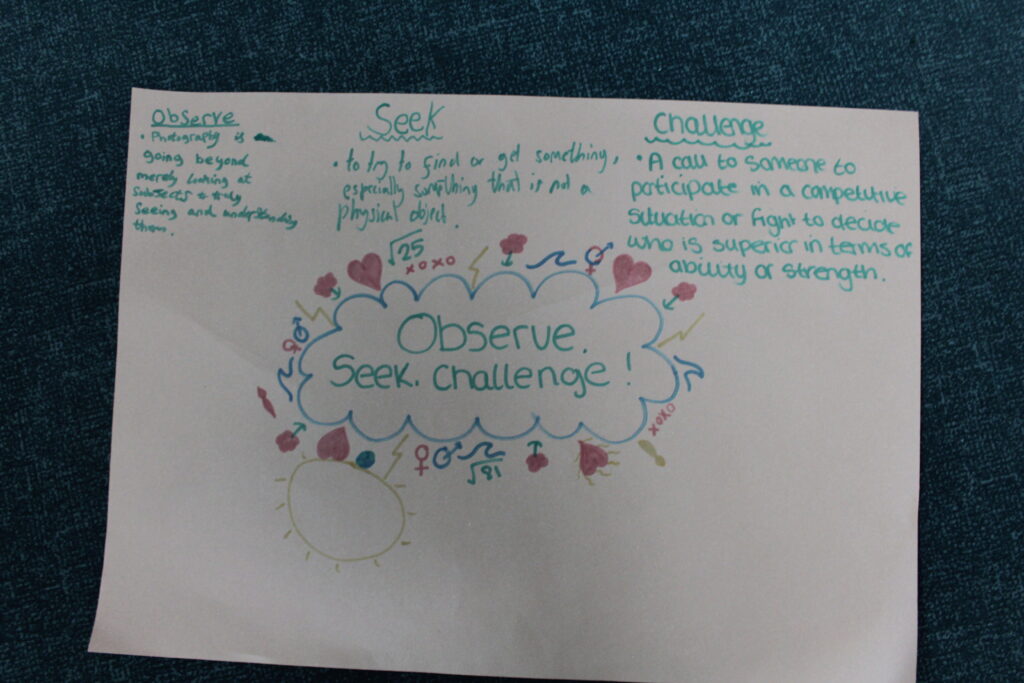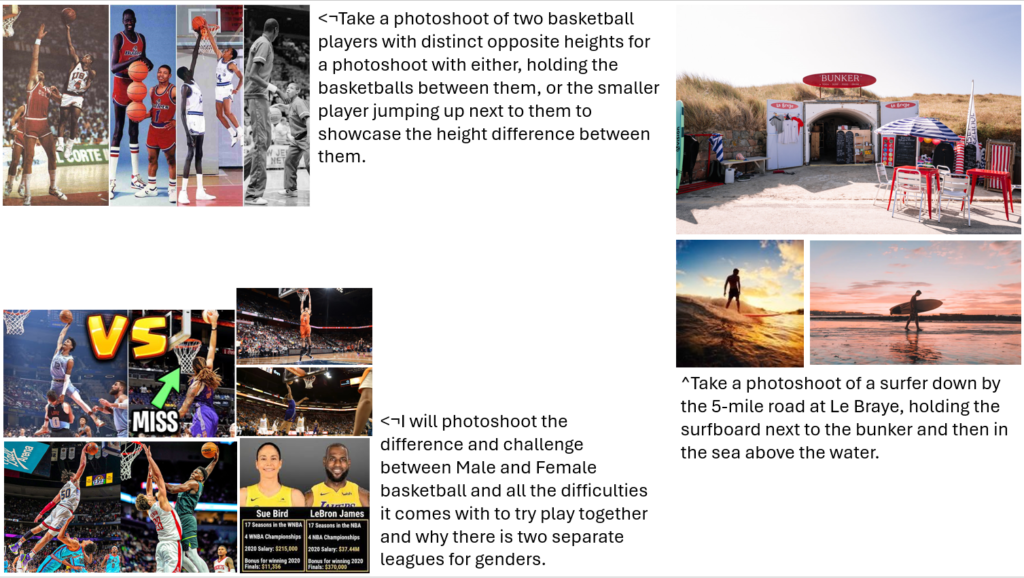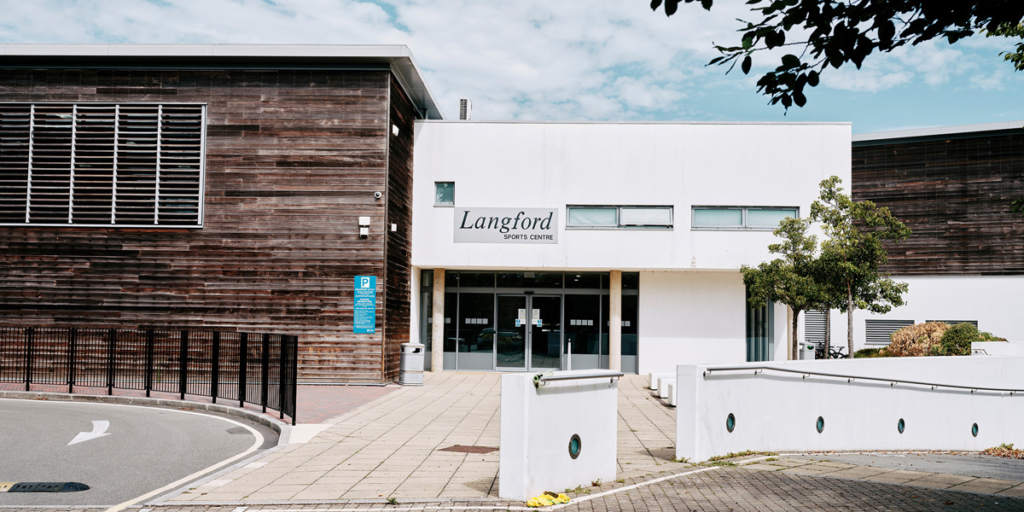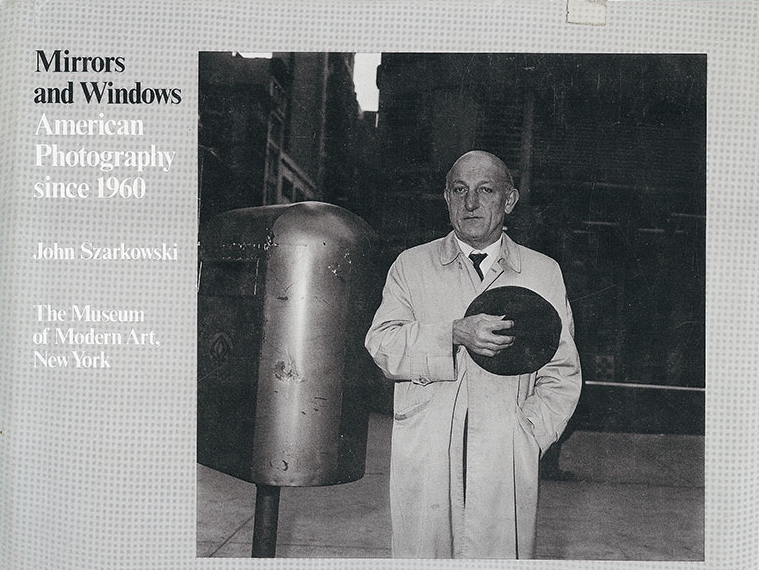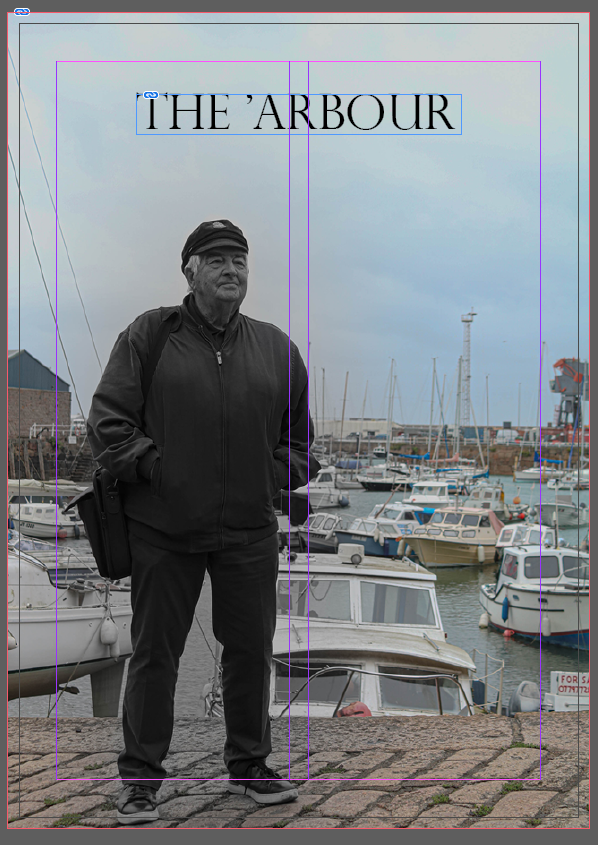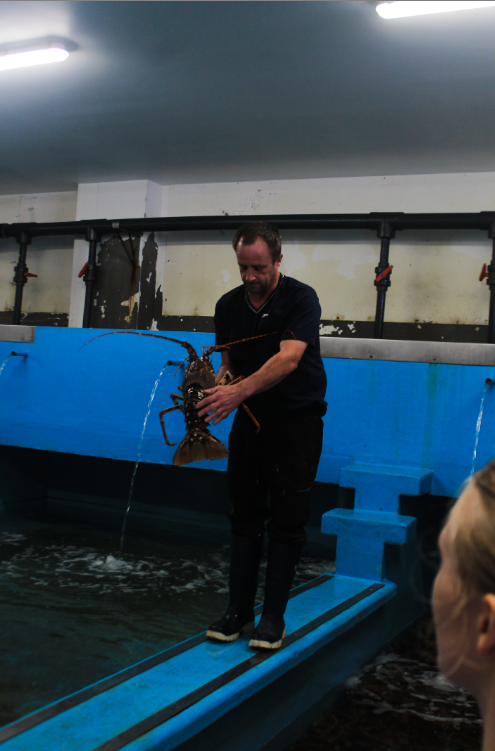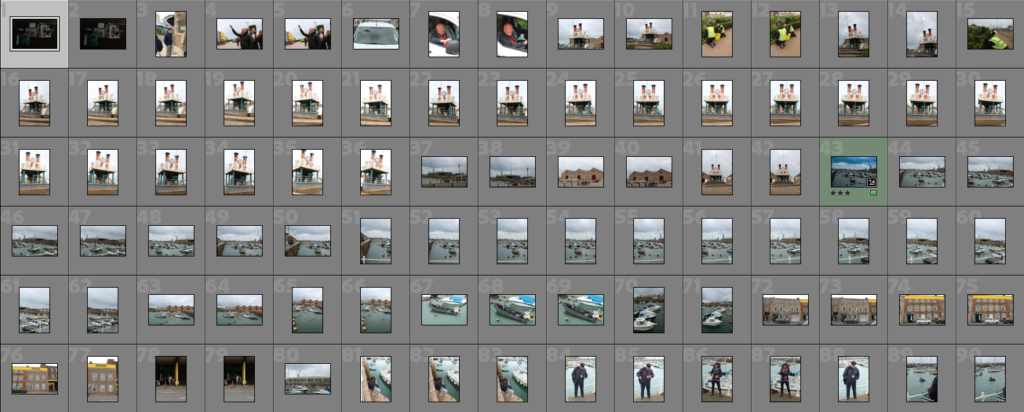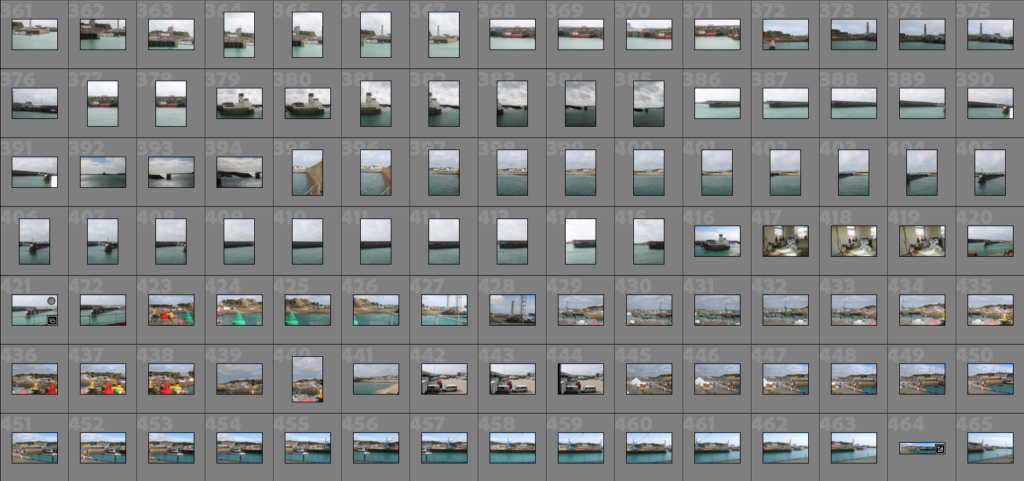I will be producing two photoshoots, with one being a document – (realism/ factual/ public) and the other photoshoot being tableaux (romanticism/ fiction/staged).
Documentary
For my Documentary/realism and factual photoshoot, I will be using ideas such as street photography and a mix of environmental portraiture going around town/popular places in Jersey and taking different photos of how different people live there life, or what they do for work and how their lifestyle is. For another photoshoot, I want to take multiple photos of how the traffic builds up either on the avenue or near the tunnel underneath the roundabout in town.
I have another better idea, of going to a bonfire night with a lot of people around watching the bonfire and fireworks and taking photos of random couples hugging, having arms around each other, maybe even kissing each other whilst a firework goes off. This may turn out not as good as I imagine because it will be very dark and especially because there will constant flashing lights from the fire works, plus the fire flames from the bonfire.
Tableaux
For my Tableaux photoshoot I have multiple ideas of either masculinity and femininity with showing different stereotypes or flipping the stereotypes around. Another idea would be about a story line with two friends meeting up to either sell drugs, or a different story line with them meeting up. Another idea links with the idea I just mentioned, but instead it could be a crime scene where one kills another and hides his body or similar thoughts to that. Finally, could do a photoshoot with either emotions or phobias such as claustrophobia with a photo of someone trapped in a small place surrounding themselves.
I went to the fireworks/bonfire night and these are some of the photos I took.

I selected a few photos I want to edit which are these photos.
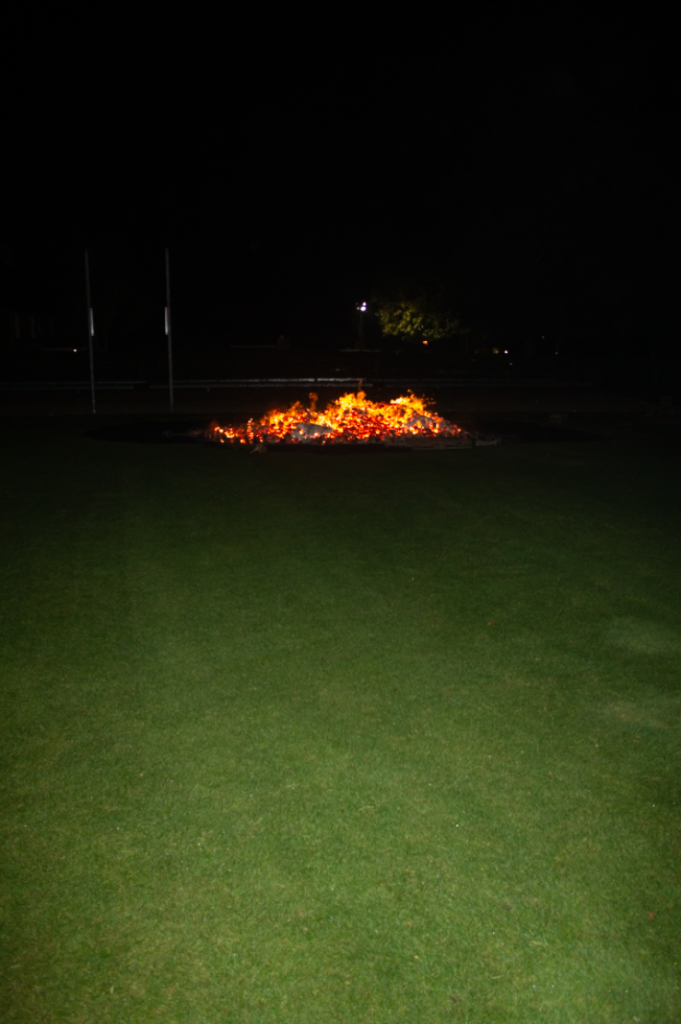
Here I really liked the use of the bonfire with the grass almost path to the bonfire, which I can edit to create an essential ‘fake’ pathway which leads to the bonfire using Black and White on the outside of the photo with uplifting the green in the grass and the orangey/red bonfire.
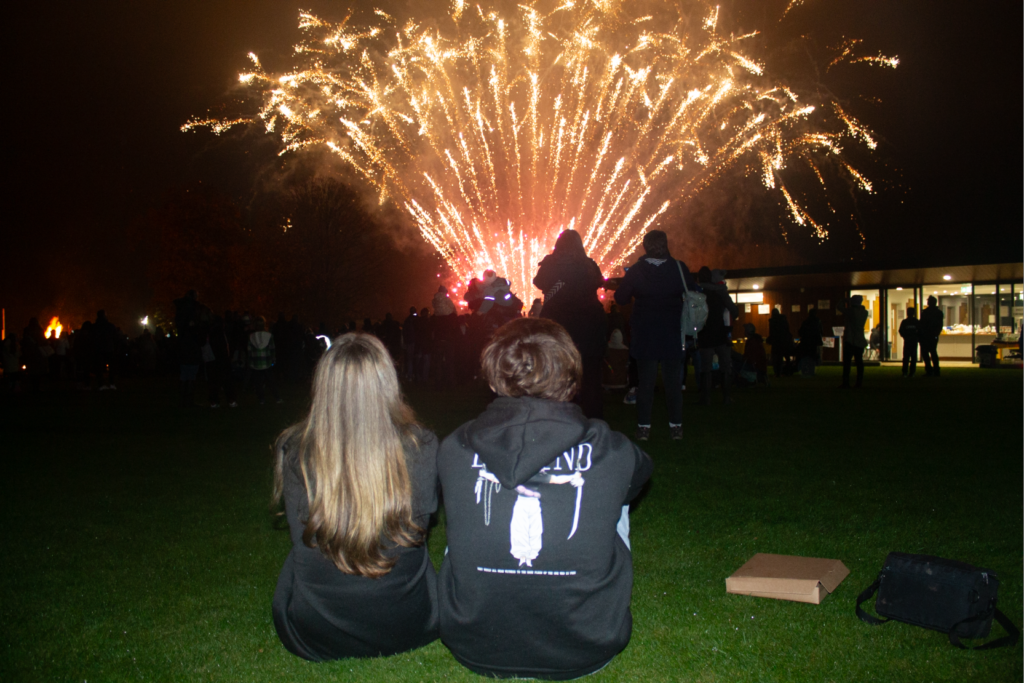
In this photo I really like the use of both a male and female sat down watching the fireworks over them, I could of gotten lower to the ground and centred the fireworks in between them, but I have an idea of maybe either keeping them both ‘alive’ in the photo and in colour, or creating a B/W silhouette around one of the couple, with an idea of ‘The other partner wishing loved one was watching the fireworks with them’, but they are as a “ghost” sat next to them in B/W, sort of photo.
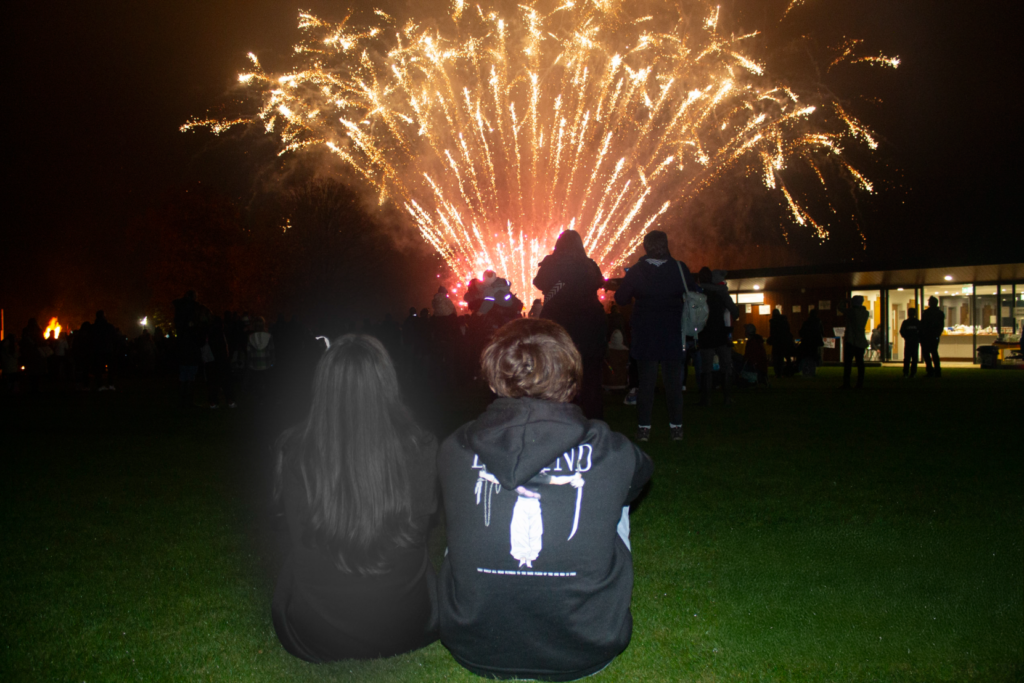
Something sort of like this where the male partner remembers when they watched the fireworks together in the past, she was next to him watching the fireworks but she isn’t physically there, just spiritually watching next to him.

